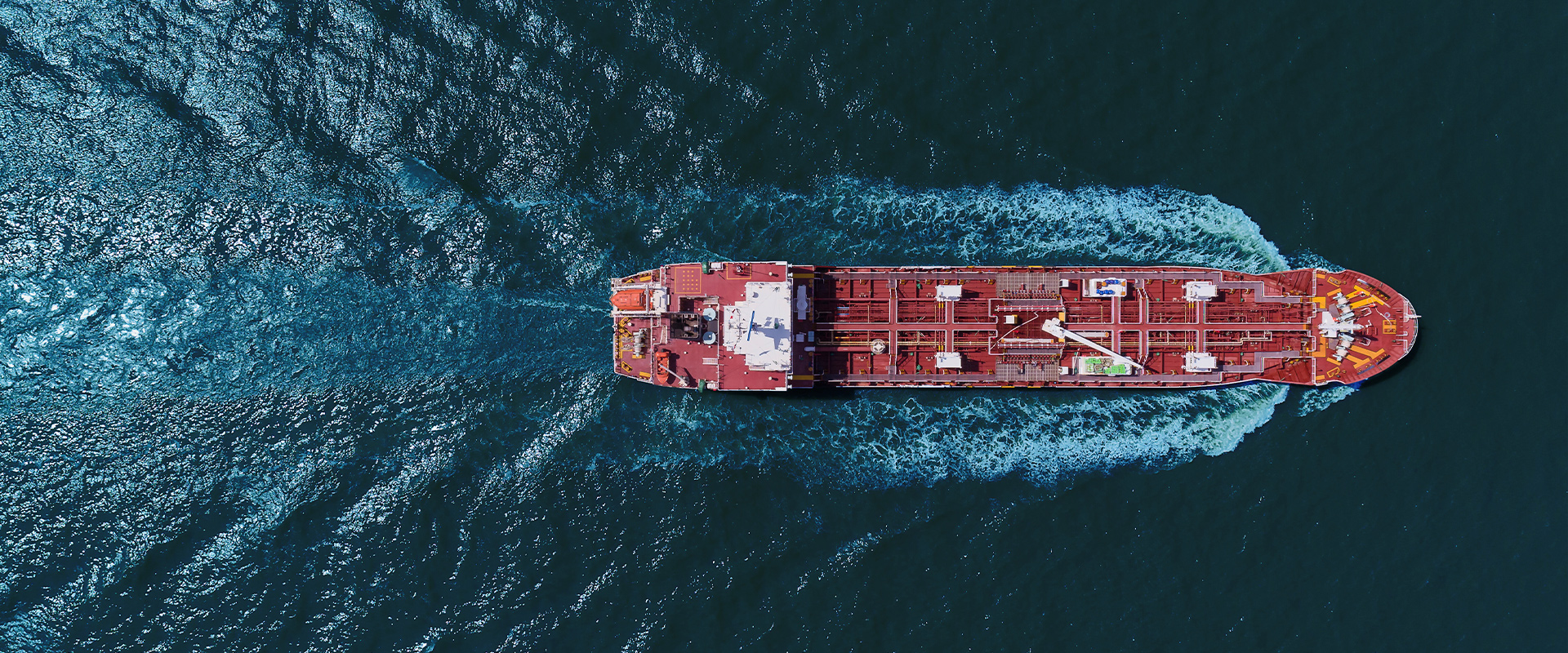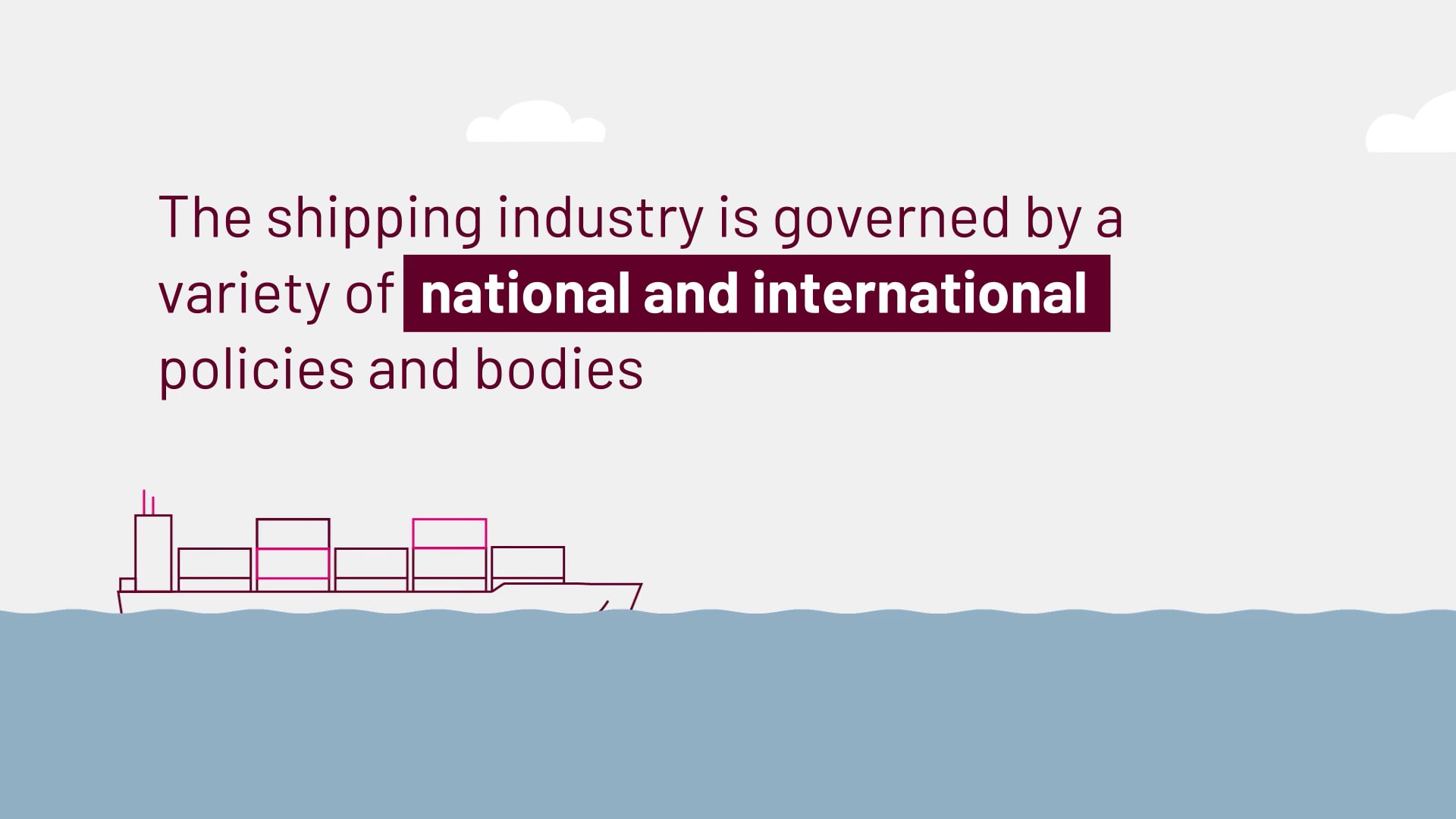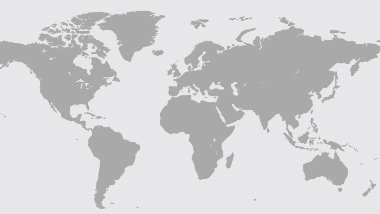The European Green Deal, Fit for 55, MARPOL, EU and the IMO: The shipping industry is governed by a variety of national and international policies and bodies. This article provides a brief overview of some of the main actors and policies that shape and impact the shipping sector.
The International Maritime Organization (IMO) and the European Union (EU) are two of the most important institutions for regulating and setting standards for the international maritime and shipping sector.
The IMO
The IMO is the United Nations agency tasked with promoting safe, secure, and environmentally sound shipping. Counting 176 member states, the IMO sets global maritime standards for the shipping sector by developing international regulations that serve as the basis for national laws and policies for maritime operations. Member states of the IMO agree to implement and enforce these international standards within their jurisdictions.
In 2023, the IMO adopted the ambition to achieve net-zero greenhouse gas emissions from international shipping by or around 2050.
In shipping it is often the case, that IMO standards and targets are inspired by legislation and policy packages already under development, negotiation or implemented in the European Union.
The EU
The European Green Deal is a package of policy initiatives introduced in 2019 aiming to make the EU climate neutral by 2050, with an interim target of a 55% reduction in 2030 and 90% in 2040 compared to 1990 levels. The pathway to reach the latter is popularly coined ‘Fit for 55’, which is a policy package under the European Green Deal.
Read more about the IMO, the EU, and Fit for 55 here:
• Links to official websites IMO, The European Green Deal & Fit for 55






